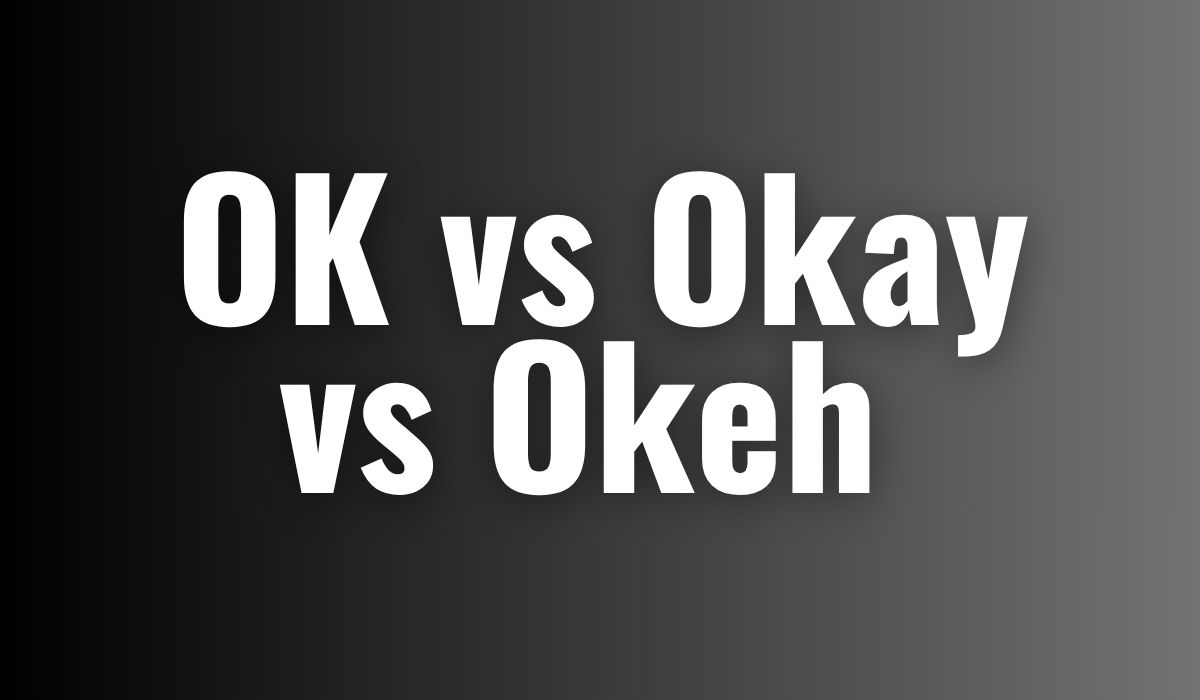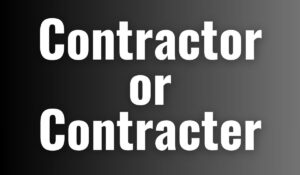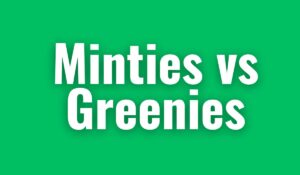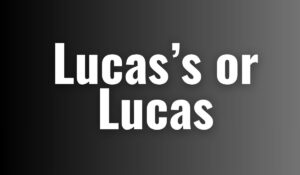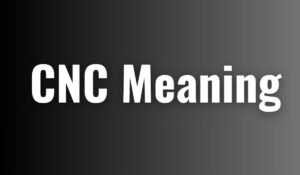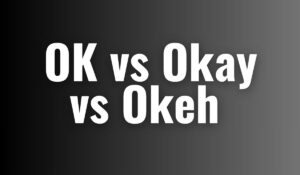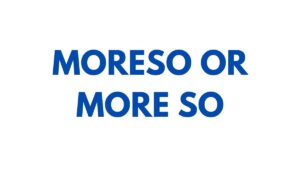OK vs Okay vs Okeh which one should you use in writing? Many students often wonder about the correct form of this common word. All three look similar, but their meanings and usage can slightly differ. OK is short and widely accepted, while Okay feels a bit more formal and smooth in written English.
Okeh, on the other hand, is rare and mostly used in older texts. Knowing which version to choose can make your writing look cleaner and more professional. In this article, we’ll explain the difference, when to use each one, and how to make your writing sound natural and confident.
What’s the Difference Between OK vs Okay vs Okeh?
The words OK, Okay, and Okeh all mean agreement or approval, but they differ in tone and usage. OK is the most common and works well in both formal and informal writing. Okay sounds a bit softer and more conversational, often used in everyday speech or friendly writing.
Okeh, however, is an old-fashioned form that appeared in the early 1900s but is rarely used today. So, if you’re writing an essay, message, or article, OK or Okay are your best choices.
Moreso or More So: Which Is Correct and When to Use It
Is OK Capitalized?
Yes, OK is usually written in all capital letters because it originally came from an abbreviation. Some writers use Ok, but OK is more correct and widely accepted. When writing informally, both OK and Okay work fine. Just remember if you’re writing something formal like a report or essay, stick with OK to sound more professional.
The Global Influence of “OK” in Modern Communication
The word OK has become one of the most recognized expressions in the world. No matter where you go, people understand it as a sign of agreement or confirmation. From text messages to business emails, “OK” bridges communication gaps across different languages. It’s short, powerful, and clear making it a universal word for understanding.
In digital communication, it’s even used as a reaction emoji 👍 or as a quick response to show acknowledgment. This simple word proves how language can connect people globally with just two letters that carry meaning beyond borders.
Why Writers Prefer “Okay” in Creative Content
Writers often choose Okay instead of OK because it feels softer and more emotional in storytelling. In dialogues, “Okay” sounds natural and realistic, reflecting how people actually speak. For example, a character might say, “Okay, I understand,” to show empathy or calmness.
The rounded spelling also fits smoothly into narrative writing and gives a casual, human touch to the text. So, if you’re writing fiction, blogs, or social media posts, “Okay” is your best choice. It creates a friendly tone and helps readers connect with the emotion behind your words.
Historical Fun Fact: The Rise of “Okeh” in the 1900s
The term Okeh appeared in the early 20th century and was used by newspapers and even the famous Okeh Records label in the 1910s. It came from the same roots as “OK” the phrase “Oll Korrect.” While it once shared popularity with “OK,” it eventually faded as spelling and communication became standardized.
Today, “Okeh” feels vintage, like an artifact of linguistic history. Some people still use it for stylistic reasons or to give old-fashioned charm to writing. But for modern communication, OK and Okay remain the clear and current favorites.
Origin and Popularity of Use
The term OK began in the 1830s in the United States as a funny abbreviation for “Oll Korrect,” a playful misspelling of “All Correct.” Over time, it spread quickly through newspapers and telegraph messages.
Later, Okay became popular in novels and conversations because it looked smoother in writing. Okeh appeared around the same time but faded as OK became the global standard. Today, OK is recognized and understood worldwide it’s one of the most universal English words ever used.
| Word | Meaning | Formality Level | Common Usage | Example Sentence |
| OK | Shows agreement, acceptance, or approval | Formal and Informal | Used in writing, texting, and professional settings | “I will submit the assignment by tomorrow, OK?” |
| Okay | Same meaning as OK, but sounds softer and more conversational | Informal to Semi-formal | Used in daily conversations, essays, and messages | “It’s okay if you don’t understand right away.” |
| Okeh | An old-fashioned spelling of OK, rarely used today | Historical/Old Usage | Seen in early 1900s texts or stylistic writing | “He said it was okeh, but I could tell he was unsure.” |
Common Usage of OK vs Okay vs Okeh
The word OK is everywhere in texts, emails, school essays, and even professional conversations. It’s short, clear, and easy to type, which makes it the most common form. For example, teachers, students, and coworkers often write “OK” to confirm or agree on something quickly.
Okay is just as popular, especially in friendly or casual writing. It sounds more natural in speech and fits well in storytelling, blogs, or everyday chats. For instance, you might say, “Okay, let’s start the project!” when talking to friends.
Okeh, on the other hand, is almost never used today. It appears in old books or by people who like using vintage spellings. In modern writing, it’s best to stick with OK or Okay for clarity and correctness.
Is “Okeh” a Gen Z Word?
No, “Okeh” is not a Gen Z word. In fact, it’s an old-fashioned version of “OK” that was common in the early 1900s. You might find it in old newspapers, vintage writings, or early music records, but it’s almost never used today.
Gen Z prefers shorter, expressive, and casual versions like “OK,” “Okay,” “Okie,” “Okkk,” or even “K.” These modern forms show tone or mood in texting and social media — like excitement, sarcasm, or agreement.
✅ Quick Summary:
- “Okeh” → Old and outdated spelling
- “OK / Okay” → Modern and widely accepted
- “Okie / Okkk” → Fun, trendy Gen Z versions
When Should You Use OK or Okay in Writing?
Use OK when you want your writing to look clean, short, and professional. It fits well in essays, emails, reports, and formal chats.
Use Okay when you’re writing something friendly, casual, or creative, like stories, social media posts, or personal messages.
Both are grammatically correct the choice depends on your tone and audience.
Why “Okeh” Is Rarely Used Today
The spelling Okeh dates back to the early 1900s and was once a common form in newspapers and even record labels like “Okeh Records.”
However, as language evolved, OK became the global standard because it’s simple and easy to recognize. Today, Okeh only appears in historical contexts or stylized writing.
Modern Alternatives Gen Z Uses Instead of OK
Gen Z likes to make words more expressive. Instead of plain OK, you’ll often see variations like “Okkk,” “Okie,” “Kay,” or “Kk.”
Each version shows a different tone for example:
- “Okkk” can show excitement or playfulness.
- “Okie” sounds cute or friendly.
- “Kk” means quick confirmation.
These forms make messages feel more personal and natural in digital chats.
Is It Ever Wrong to Write OK or Okay?
No, both OK and Okay are correct in grammar. However, consistency matters. If you start with OK, continue using OK throughout your writing instead of switching forms.
In formal writing, avoid slang versions like “Okkk” or “Okie.” Save those for casual texting or social media.
OK vs Okay vs Okeh in Everyday Language
In today’s world, OK is the most used English word after “yes” and “no.” It’s seen in schools, offices, emails, and online conversations.
Okay adds a friendly touch, making your tone sound more polite or relaxed.
Meanwhile, Okeh remains a language relic interesting for history lovers but not for modern writing.
Conclusion
the difference between OK, Okay, and Okeh comes down to style, time, and tone. OK is short, modern, and perfect for both formal and casual writing. Okay feels smoother and more conversational, making it ideal for friendly messages or storytelling. Okeh, however, belongs to the past it’s rarely used in modern English and mostly appears in old texts.
For students and writers today, using OK or Okay keeps your writing clear, natural, and grammatically correct. Whether you’re writing an essay, email, or social media caption, choose the version that fits your tone best. Remember language changes over time, but clarity and confidence in your writing always stay important.
FAQs About OK vs Okay vs Okeh
What is the correct form to use OK or Okay?
Both OK and Okay are correct. OK is shorter and more formal, while Okay is friendlier and sounds more natural in conversation.
Is it wrong to write “Okeh”?
No, it’s not wrong, but it’s outdated. “Okeh” was used in the early 1900s but is now replaced by OK or Okay in modern English.
Which one should I use in formal writing?
In formal writing like essays, reports, or work emails, OK is preferred because it looks professional and direct.
Do “OK” and “Okay” mean exactly the same thing?
Yes, both words mean agreement, acceptance, or approval. The difference lies only in style and tone, not meaning.
Why is “OK” written in capital letters?
“OK” comes from the phrase “Oll Korrect,” a humorous misspelling of “All Correct” from the 1830s. That’s why it’s usually written in capital letters.
